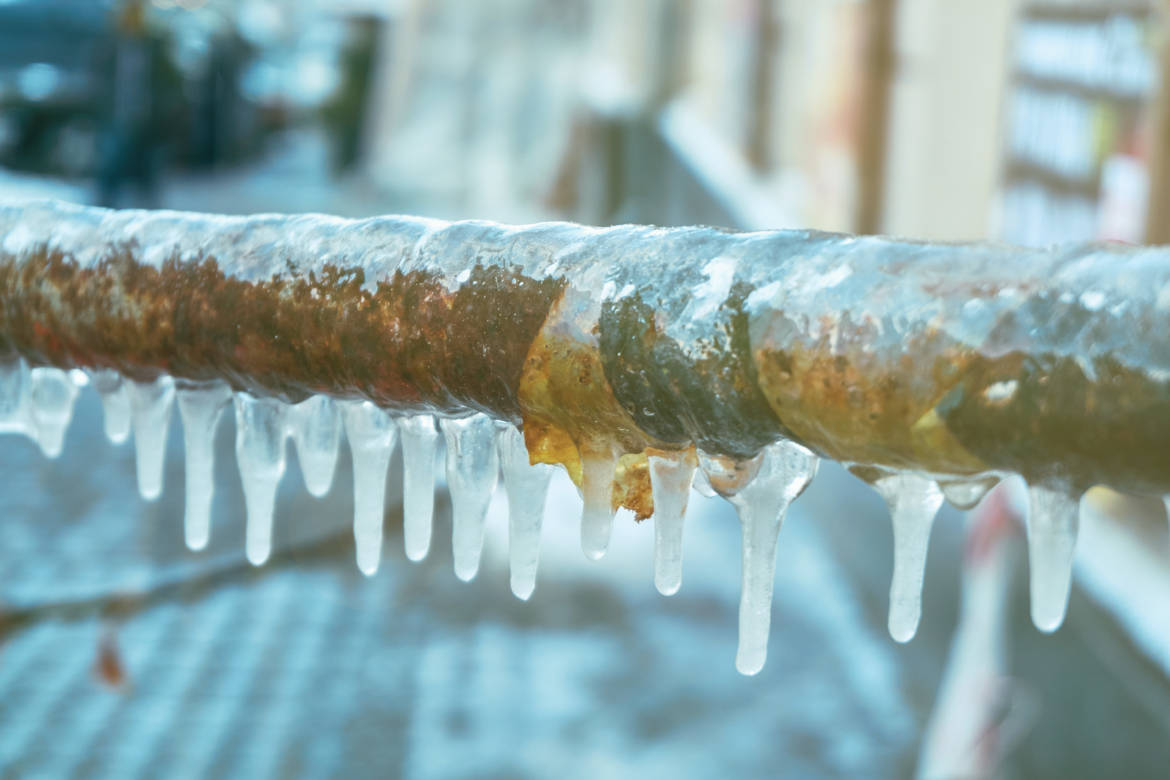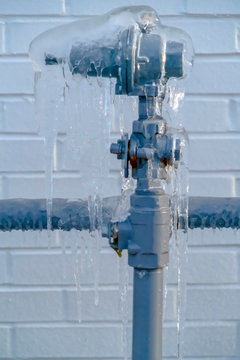Important Tips to Avoid Frozen Pipes in Cold Weather: Expert Guidance
Important Tips to Avoid Frozen Pipes in Cold Weather: Expert Guidance
Blog Article
This article directly below pertaining to Winter Plumbing Precautions: Preventing Frozen Pipes is without a doubt enjoyable. Check it out for yourself and see what you think about it.

Winter can damage your pipes, particularly by freezing pipelines. Here's just how to avoid it from occurring and what to do if it does.
Intro
As temperatures drop, the risk of frozen pipelines rises, potentially causing pricey repairs and water damage. Recognizing just how to prevent frozen pipes is essential for property owners in chilly environments.
Prevention Tips
Protecting at risk pipes
Wrap pipelines in insulation sleeves or make use of warmth tape to secure them from freezing temperatures. Focus on pipelines in unheated or external locations of the home.
Home heating strategies
Maintain interior rooms adequately heated, especially areas with pipes. Open up cupboard doors to enable warm air to circulate around pipelines under sinks.
Just how to determine frozen pipelines
Look for reduced water flow from taps, uncommon smells or noises from pipelines, and noticeable frost on exposed pipelines.
Long-Term Solutions
Architectural modifications
Consider rerouting pipelines away from exterior wall surfaces or unheated areas. Include extra insulation to attic rooms, basements, and crawl spaces.
Updating insulation
Invest in high-quality insulation for pipelines, attic rooms, and walls. Correct insulation helps keep consistent temperature levels and reduces the danger of icy pipes.
Shielding Exterior Pipes
Yard hoses and outdoor faucets
Separate and drain pipes garden pipes prior to winter. Install frost-proof spigots or cover outside taps with shielded caps.
Understanding Frozen Pipes
What triggers pipelines to ice up?
Pipelines ice up when revealed to temperature levels listed below 32 ° F (0 ° C) for expanded durations. As water inside the pipelines ices up, it increases, taxing the pipeline walls and potentially causing them to burst.
Threats and problems
Icy pipelines can result in water system interruptions, residential property damage, and expensive repairs. Ruptured pipelines can flood homes and create considerable structural damage.
Indicators of Frozen Water Lines
Identifying icy pipes early can stop them from rupturing.
What to Do If Your Pipes Freeze
Immediate activities to take
If you think icy pipes, maintain faucets open up to alleviate stress as the ice melts. Make use of a hairdryer or towels soaked in warm water to thaw pipelines slowly.
Verdict
Preventing icy pipelines requires positive actions and quick actions. By recognizing the causes, indications, and safety nets, homeowners can safeguard their pipes throughout winter.
6 Proven Ways to Prevent Frozen Pipes and Protect Your Home
Disconnect and Drain Garden Hoses
Before winter arrives, start by disconnecting your garden hoses and draining any remaining water. Close the shut-off valves that supply outdoor hose bibs and leave the outdoor faucet open to allow any residual water to drain. For extra protection, consider using faucet covers throughout the colder months. It’s also important to drain water from any sprinkler supply lines following the manufacturer’s directions.
Insulate Exposed Pipes
Insulating your pipes is an effective way to prevent freezing. Pipe insulation is readily available at home improvement stores and is relatively inexpensive. Pay close attention to pipes in unheated areas such as the attic, basement, crawl spaces, or garage. Apply foam insulation generously to create a buffer against the cold. You can also wrap your pipes in heat tape or thermostat-controlled heat cables for added warmth.
Seal Air Leaks
Inspect your home for any cracks or openings that could let in cold air. Seal any holes around the piping in interior or exterior walls, as well as the sill plates where your home rests on its foundation. Additionally, make sure to keep your garage door closed unless you’re entering or exiting. Leaving it open creates a significant air leak that can lead to frozen pipes.
Allow Warm Air Circulation
During cold snaps, it’s essential to allow warm air to circulate evenly throughout your home. Leave interior doors ajar to promote better airflow. Open kitchen and bathroom cabinets to help distribute heat consistently around the rooms. If you have small children or pets, be sure to remove any household chemicals or potentially harmful cleaners from open cabinets for safety.
Let Faucets Drip
A small trickle of water can make a big difference in preventing ice formation inside your pipes. When temperatures drop significantly, start a drip of water from all faucets served by exposed pipes. This continuous flow helps prevent the water from freezing. Additionally, running a few faucets slightly can relieve pressure inside the pipes, reducing the chances of a rupture if the water inside does freeze.
https://choateshvac.com/6-proven-ways-to-prevent-frozen-pipes-and-protect-your-home/

Hopefully you liked our piece about Preventing and dealing with frozen pipes. Thanks for spending some time to read our article. Sharing is good. You just don't know, you will be doing someone a favor. Thanks a bunch for being here. Kindly come visit our site back soon.
Visit The Following Page Report this page